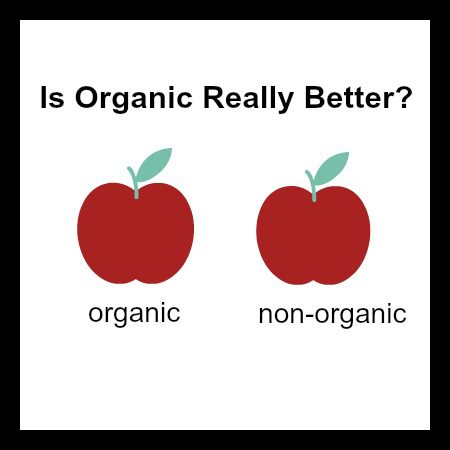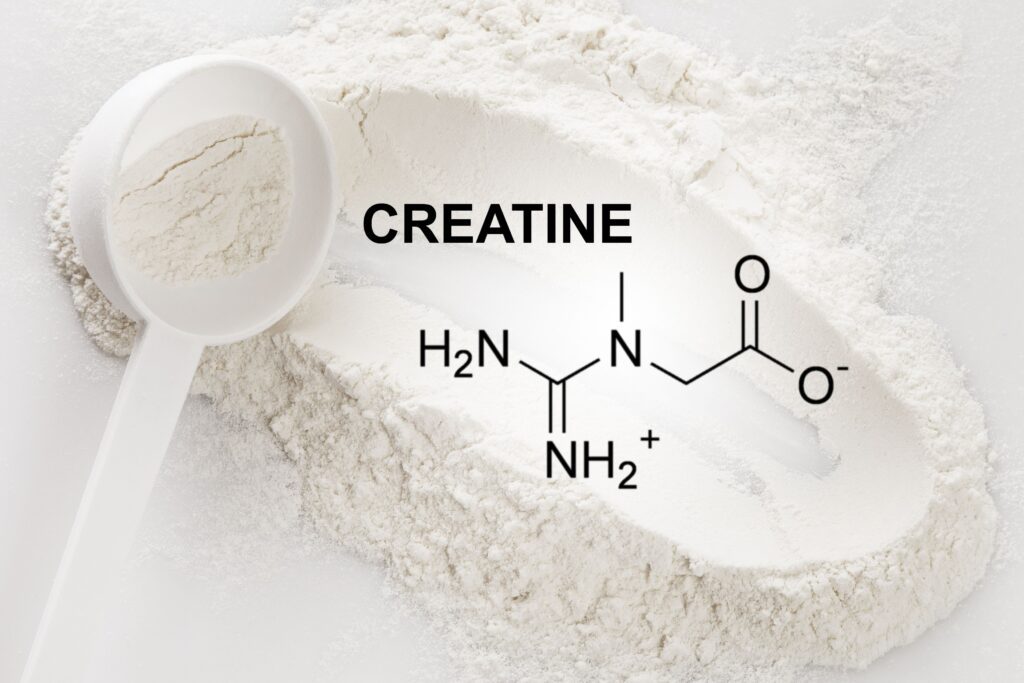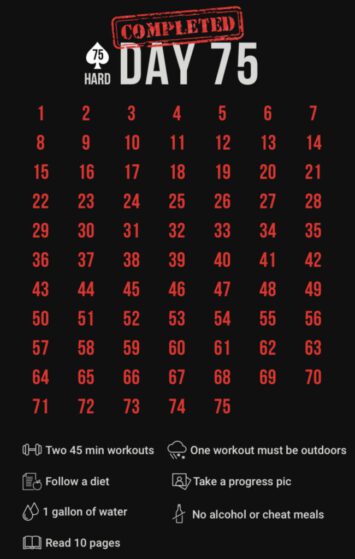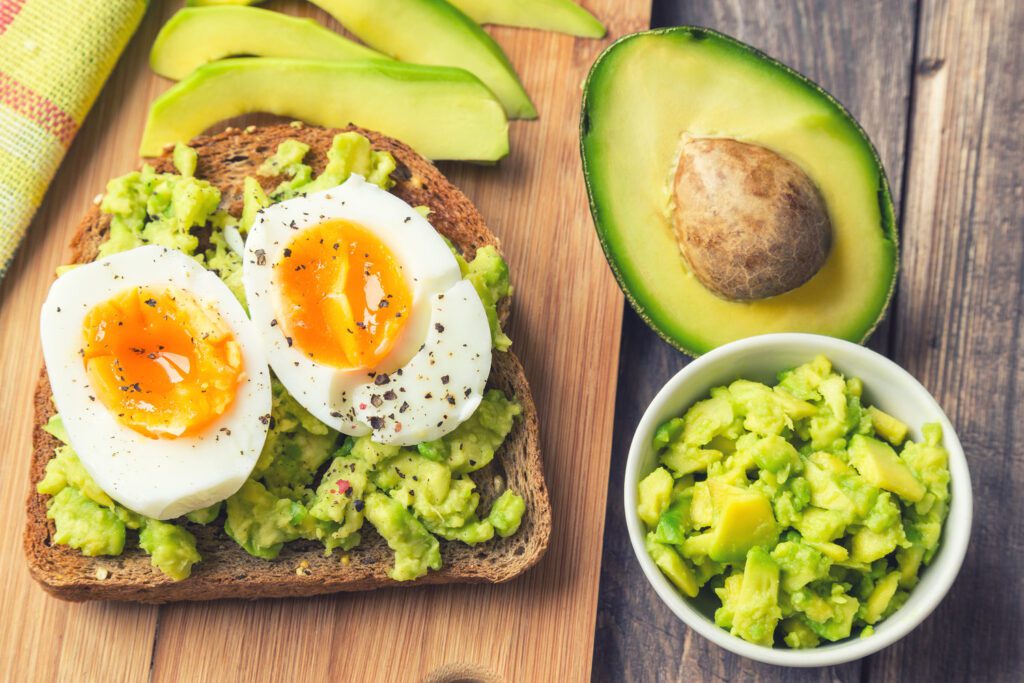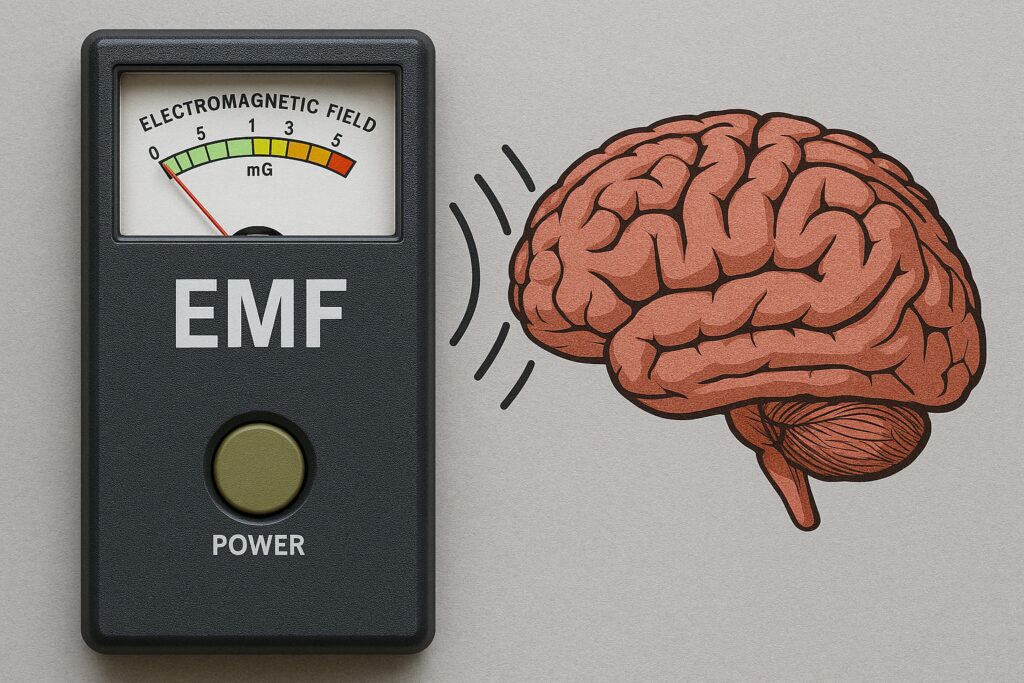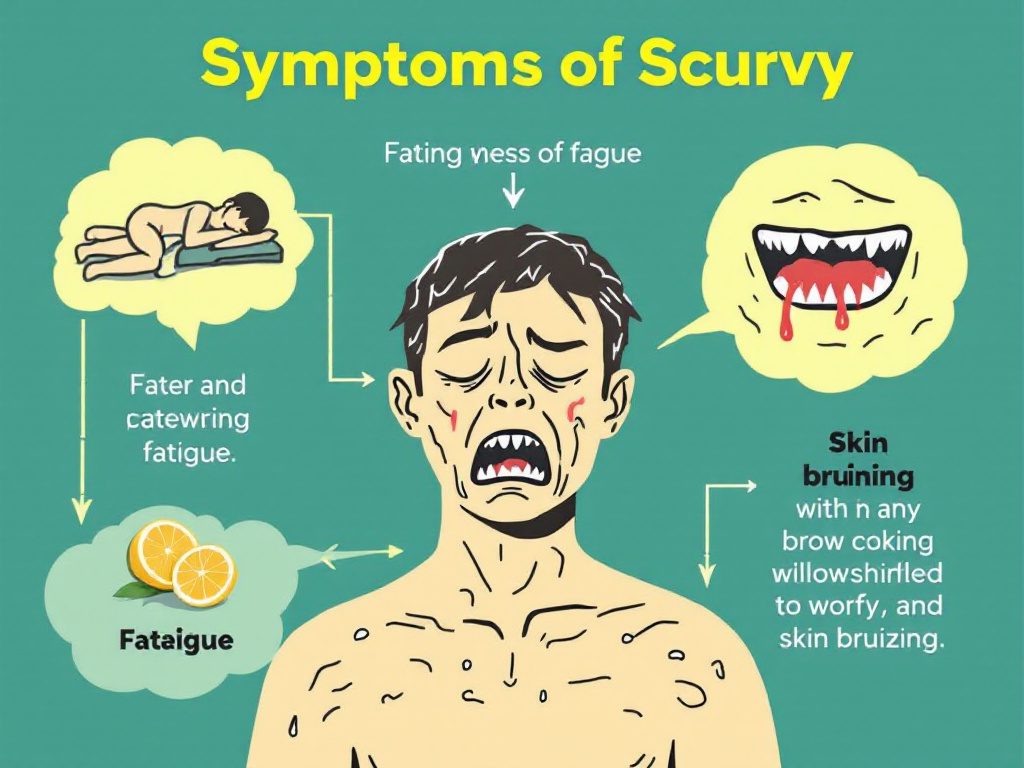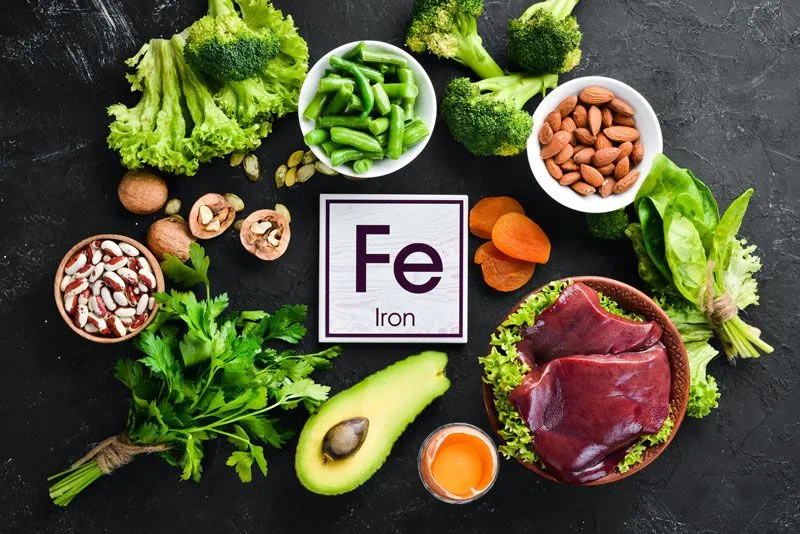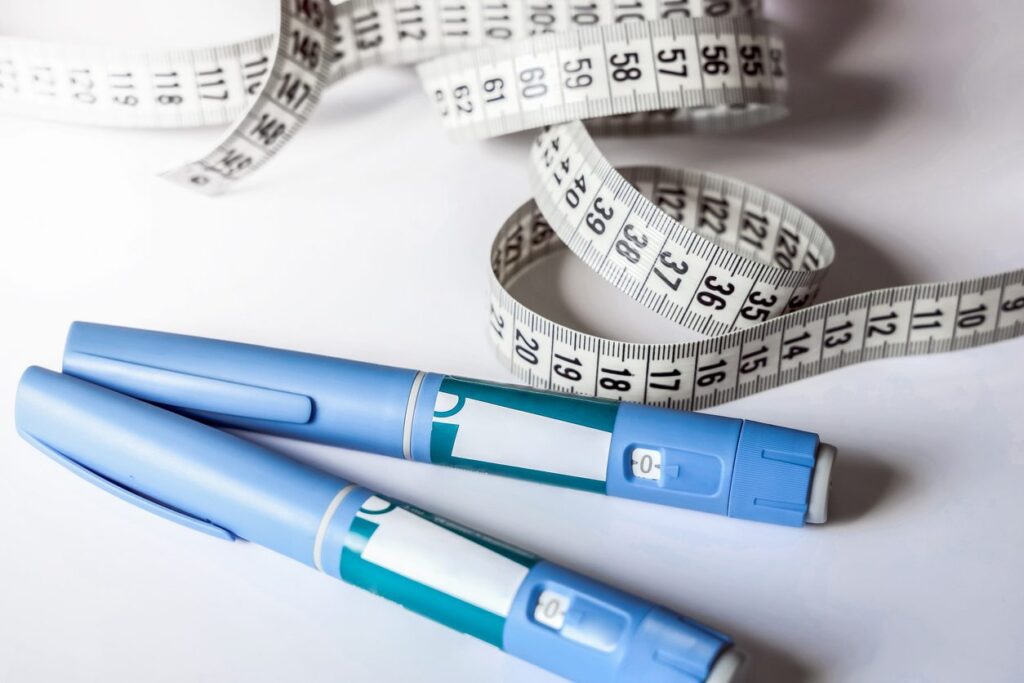L Cells and K Cells: Understanding Their Role in Metabolism
In today’s health-conscious world, understanding our body’s metabolic processes is crucial, especially when it comes to specialized cells like L cells and K cells. These cells play a significant role in weight management, insulin sensitivity, and overall metabolic health.
L cells, located primarily in the intestines, are vital for glucose metabolism and the secretion of insulin. They help regulate our appetite and manage energy balance by producing various hormones that signal hunger or fullness. When L cells function optimally, they contribute to maintaining a balanced weight. However, when these cells become dysfunctional, it can lead to problems such as insulin resistance and increased hunger, making it difficult to control body weight.
On the other hand, K cells, also found in the intestinal lining, are instrumental in nutrient absorption and the regulation of hormones. They influence our gut health and are integral to several metabolic processes. A healthy functioning of K cells is essential to ensure that we properly absorb nutrients and manage our blood sugar levels.
The metabolic effects of L and K cells are interconnected with conditions like obesity and insulin resistance. A malfunction in either of these cells can contribute to a cycle of weight gain and metabolic disorder. This intricate relationship highlights the importance of maintaining the health of these cells in preventing obesity and fostering better metabolic outcomes.
To support the health of L and K cells, individuals can adopt various strategies. Dietary recommendations play a significant role, with an emphasis on increased fiber intake and healthy fats. Both dietary components are essential for promoting gut health and optimizing the function of these cells. Regular exercise also contributes significantly to metabolic health, as it helps regulate hormone levels and improves cellular function. Moreover, managing stress and ensuring adequate sleep quality are critical, as they can impact how well our body utilizes insulin and processes nutrients. Additionally, certain supplements may support cellular health, providing an extra boost alongside a balanced diet and lifestyle.
In conclusion, L and K cells are pivotal in regulating our metabolism and influencing our ability to manage weight and insulin sensitivity effectively. By adopting lifestyle habits that support the health of these cells, we can enhance our metabolic health and reduce the risk of weight gain and insulin resistance. Let’s take a step towards better metabolic management by evaluating our daily habits and making the necessary changes for a healthier future.
![]()
